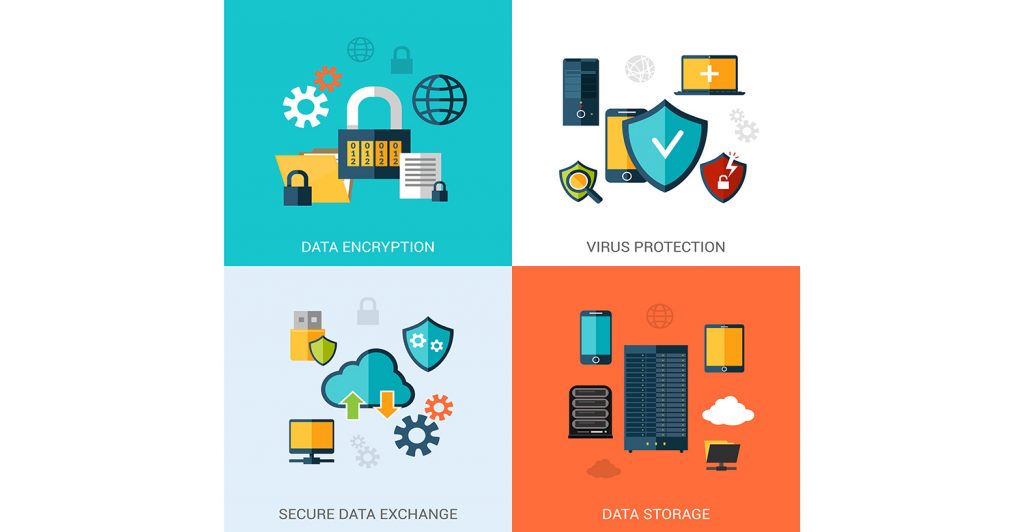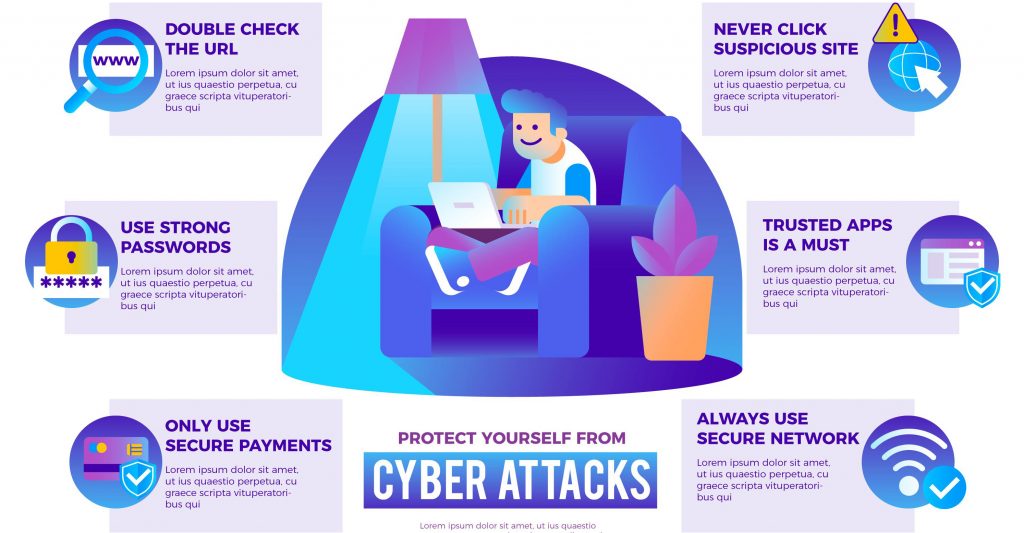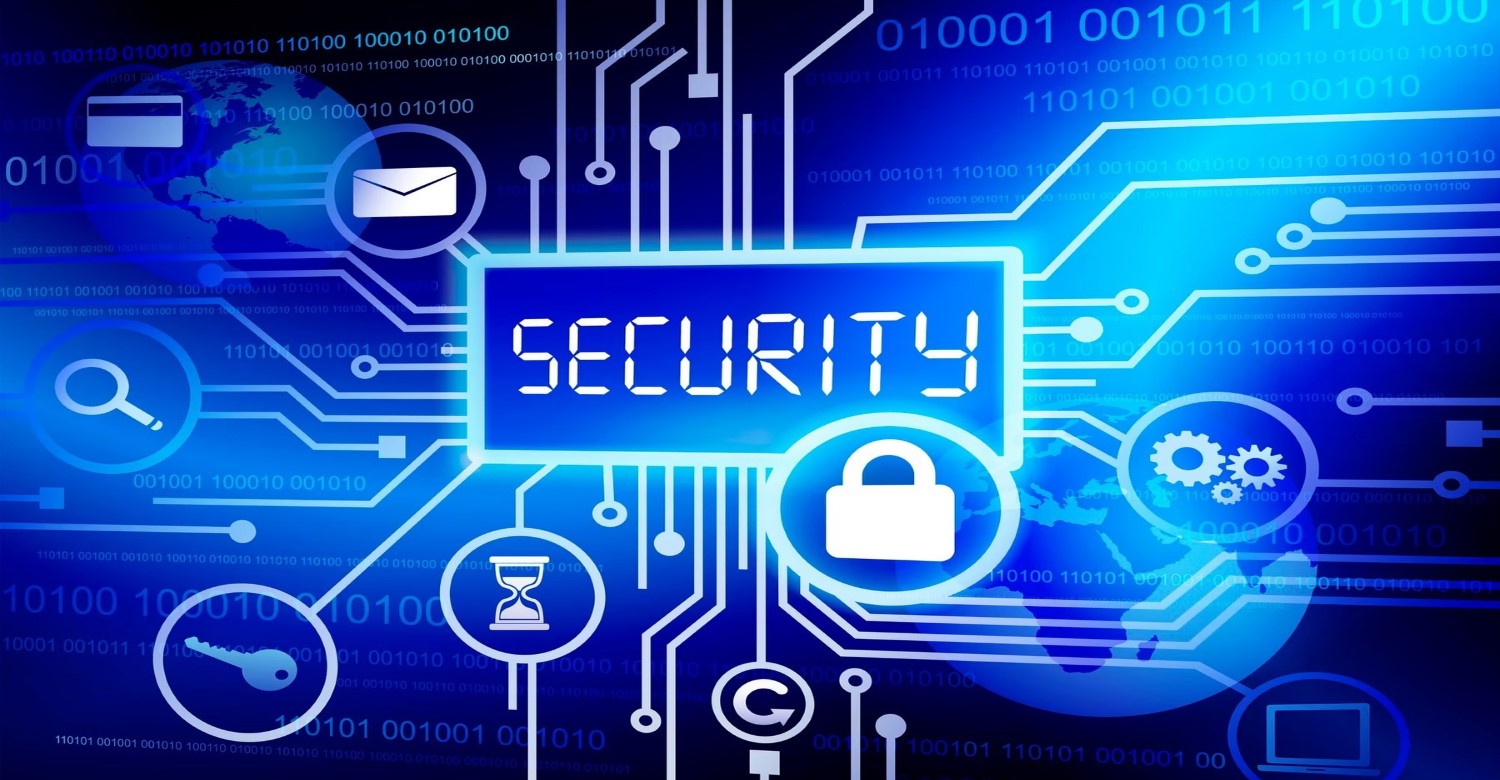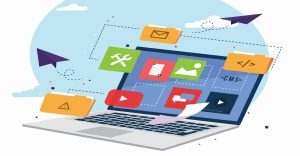Security software is a term that covers a range of protective measures that help us safeguard our devices, and antivirus software is one of those measures that protect devices from viruses and malware.
This guide will tell you what antivirus software does and how it works. It will also help you choose the right one from many options.
As the name suggests, antivirus software protects devices from viruses and malware. Still, the modern antivirus role has extended to protecting us from the latest cyber threats.
In this guide, We will explain briefly what antivirus software roles are, how it does the magic, and how to pick the suitable antivirus from the ocean of options available.
Table of Contents
1. The Evolving Cybersecurity Landscape:
Picture this: a world where our lives are seamlessly intertwined with digital threads, where smartphones, tablets, laptops, and computers are not mere devices but extensions of ourselves. In this digital symphony, we’ve all been given sage advice to arm our virtual companions with the armor of antivirus software. But have you ever wondered about the reason behind this advice? What is the role of antivirus software, and how do we choose the perfect guardian for our digital realm?
Cybersecurity has assumed paramount significance in a world where information flows like a stream, and communication spans across continents in milliseconds. It’s essential to safeguard our privacy in a world where the borders are intangible, and the adversaries are invisible but relentless. The digital universe has witnessed an unprecedented surge in connectivity and innovation, an age where convenience is juxtaposed with vulnerability.
The cybersecurity landscape is a dynamic arena where the guardians of our digital lives tirelessly combat an ever-evolving number of cyber threats.
2. Understanding Antivirus Software:
Antivirus software is at the heart of modern digital defense strategies, a brave guardian against the threat of malicious software. The primary role of antivirus software transcends the mere identification of viruses; it acts as a vigilant guard, tirelessly patrolling the digital corridors of our devices, employing a multifaceted approach. Antivirus software deploys real-time techniques to detect, quarantine, and eradicate potential threats.
Real-time scanning stands as the cornerstone of antivirus functionality. This proactive mechanism scrutinizes every file, email attachment, and download, promptly flagging any behavior indicative of a lurking threat. Signature-based detection complements this by leveraging a vast database of known malware signatures, enabling swift and precise identification of evil entities. Yet, modern security software ventures even further, delving into heuristic analysis. This ingenious technique scrutinizes the behavioral attributes of files, discerning the fingerprints of previously unknown threats and neutralizing them before they wreak havoc.

3. Beyond Antivirus: Comprehensive Security Suites:
While the role of antivirus software in stopping malware is undeniable, the contemporary digital landscape demands a more holistic approach to security. This realization has culminated in the emergence of comprehensive security software suites encompassing an array of protective functionalities.
Firewall protection
A pivotal feature of these suites pitches a barrier between our devices and the internet, employing a complex network of filters. Firewalls meticulously scrutinize incoming and outgoing network traffic, preventing unauthorized access and thwarting potential breaches.
Anti-phishing
Capabilities further fortify this rampart, meticulously inspecting websites and emails for indicative signs of fraudulent activity. Users are shielded from deceitful online schemes by preemptively identifying and blocking phishing attempts. Virtual Private Networks (VPNs) integration into security suites supports data privacy and anonymity. VPNs obfuscate online activities by establishing encrypted tunnels between devices and remote servers, rendering them impenetrable to prying eyes. This dual-layered approach ensures protection against malware and shields sensitive information from evil adversaries.
In the next part of our guide, we’ll delve deeper into the essential considerations for selecting the optimal antivirus and security software for your specific needs. We’ll explore factors such as compatibility, threat detection effectiveness, user-friendly interfaces, additional features, and the significance of consistent updates.
4. Factors to Consider When Choosing Antivirus and Security Software
Now that we have a clearer understanding of security software’s pivotal role in safeguarding our digital lives, the next step is selecting the correct shield to fortify our devices. With many options saturating the market, making an informed decision requires careful consideration of several vital factors.
Compatibility and System Impact
Before buying antivirus software, it’s imperative to ensure compatibility with your device’s operating system. Whether you’re running Windows, macOS, Linux, Android, or iOS, the software’s and your device’s compatibility are essential for it to work. Equally important is evaluating the potential impact on system resources depending on your OS “Operating System” Version. The last thing you want is an antivirus that slows down your device, leading to frustrating slowdowns and disruptions.
Threat Detection and Removal Effectiveness
The effectiveness of antivirus software hinges on its ability to detect and neutralize a broad spectrum of threats. Beyond viruses and malware, the software should effectively identify phishing attempts, ransomware, spyware, and other nefarious entities. Look for user reviews, independent testing results, and industry certifications to gauge the software’s track record in efficiently combating digital adversaries.
User-Friendly Interface
an intuitive user interface is a must. Navigating through the labyrinthine corridors of security settings should be a seamless endeavor. Look for software with a user-friendly dashboard, straightforward configuration options, and easy access to scan reports and threat logs. A software’s usability significantly contributes to its overall effectiveness.
Additional Features
Beyond the core functionalities, many antivirus solutions offer supplementary features that amplify your defense posture. Features like password managers, secure browsing, and identity theft protection can bolster digital resilience. Take note of your specific needs and prioritize software that aligns with your digital habits and vulnerabilities.
Customer Support and Updates
In the ever-evolving cybersecurity landscape, timely updates are the lifeblood of effective defense. Ensure your chosen software provides regular updates to keep pace with emerging threats. Additionally, robust customer support can prove invaluable should you encounter any issues or require guidance in navigating the software’s nuances. A responsive support system can differentiate between swift resolution and prolonged vulnerability.

5. Best Practices for Cybersecurity
While antivirus software forms a formidable fortress against cyber threats, a multi-layered approach to cybersecurity yields the most impenetrable defense. Here are some proactive steps you can take to maintain your digital security:
Regular Software Updates
Keeping your operating system, applications, and security software up to date is akin to fortifying your digital world. Updates often contain patches for known vulnerabilities, rendering them inaccessible to potential attackers.
Strong and Unique Passwords
Strong passwords are the first sentinels in digital guardianship. Craft passwords that combine uppercase and lowercase letters, numbers, and symbols. To enhance security, use a different password for each online account and consider employing a reputable password manager.
Exercise Caution with Emails and Links
Phishing attacks remain the favored scheme of cyber criminals. Exercise caution when encountering unsolicited emails, especially those requesting sensitive information or containing suspicious links. Verify the authenticity of links by hovering over them before clicking.
Secure Wi-Fi Usage
Public Wi-Fi networks, while convenient, are often breeding grounds for potential threats. Opt for secure, password-protected networks whenever possible, especially when engaging in sensitive transactions, and if you have to use a public Wi-Fi network, use a VPN.
6. Navigating the Future of Antivirus and Security Software:
As we peer into the horizon of technological advancement, the future of antivirus and security software beckons with intriguing possibilities. Artificial intelligence (AI) is poised to revolutionize threat detection, employing machine learning algorithms to predict and thwart emerging threats with unprecedented accuracy. Moreover, integrating security measures into the burgeoning Internet of Things (IoT) ecosystem promises to extend the mantle of protection to every facet of our interconnected lives.
FAQs About Antivirus and Security Software:
Q1: Is free antivirus software as effective as paid versions?
A1: While free antivirus software offers essential protection, paid versions often provide advanced features, more comprehensive threat detection, and dedicated customer support.
Q2: How often should I run antivirus scans on my device?
A2: Running full antivirus scans at least once a week is advisable, with regular quick scans in between. Adjust the frequency based on your usage patterns and risk tolerance.
Q3: Can antivirus software protect against all types of cyber threats?
A3: While antivirus software offers robust protection, it’s essential to practice other cybersecurity measures, such as using strong passwords, staying vigilant against phishing, and keeping software updated.
Q4: Are mobile devices susceptible to malware?
A4: Mobile devices are vulnerable to malware and other cyber threats. Installing reputable antivirus software on your smartphone or tablet is recommended.
In conclusion, the digital landscape teems with potential pitfalls, making the presence of effective antivirus and security software imperative. By understanding the multifaceted functionalities of these software solutions and adopting best practices, individuals can confidently navigate the virtual realm, safeguarding their digital assets and embracing the boundless opportunities of the digital age.




